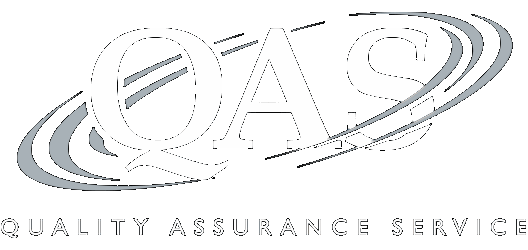Moore v. U.S. and Section 965 Transition Tax: Filing Protective Federal and State Refund Claims Now
Note: CLE credit is not offered on this program
Recording of a 110-minute CPE webinar with Q&A
This webinar will discuss the possible impact of Moore v. United States on taxpayers who paid and are paying the Section 965 transition tax or tax on other perhaps unrealized income. Our panel of astute tax advisers will explain how this case affects certain international taxpayers and provide actionable steps these businesses and individuals should take before relative statutes of limitations expire.
Outline
- Moore v. U.S. and Section 965 Tax: introduction
- Filing federal protective refund claims
- Filing state protective refund claims
- Considerations beyond refund claims
- Best practices
Benefits
The panel will cover these and other critical issues:
- Which individuals and entities should file federal protective claims?
- Which states should tax practitioners consider filing protective refund claims for businesses?
- To what extent would a taxpayer-favorable ruling affect other areas of tax?
- What specific criteria must be met when filing a valid federal protective refund claim?
Faculty

Brian D. Dill, JD, LLM
Partner, Tax Services
Cherry Bekaert
Mr. Dill is Partner in charge of international tax. With over 20 years of experience he has extensive experience in... | Read More
Mr. Dill is Partner in charge of international tax. With over 20 years of experience he has extensive experience in forming and leading multi-jurisdictional teams from various disciplines on projects involving complex global tax issues, which have included global M&A, tax structuring, transfer pricing, withholding taxes/FATCA, VAT, tax attribute preservation and utilization, boycott operations, and foreign currency.
Close
Edward L. Froelich
Counsel
McDermott Will & Emery
Mr. Froelich represents clients in audit and litigation on all Federal tax issues. He is a former trial attorney... | Read More
Mr. Froelich represents clients in audit and litigation on all Federal tax issues. He is a former trial attorney of the Department of Justice Tax Division. In private practice he continues to litigate cases and represents clients in administrative controversies at both the audit and appeals level before the IRS. He represents large public companies, privately-held companies, partnerships, trusts, and individuals, successfully dealing with a variety of issues including international tax, transfer pricing, income tax accounting, research credit, and accounting method issues. He also advises on related procedural issues including obligation to file information returns such as those relating to employment taxes or to payment card transactions.
Close
